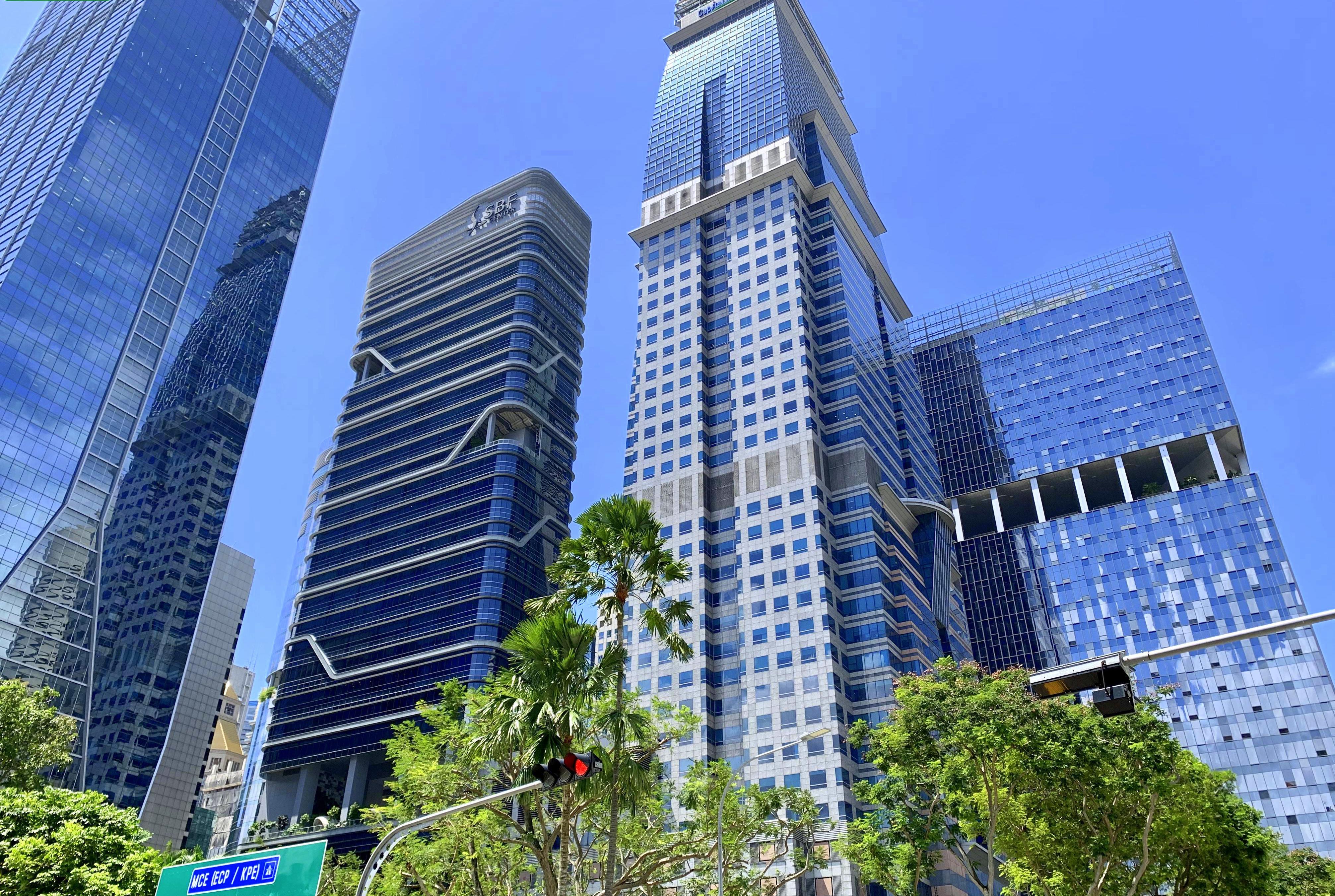The global construction industry is moving confidently into the future, continuing to surprise people in different regions of the world with technical solutions and avant-garde architecture. One of the brightest examples of this is innovative buildings, which incorporate a range of tools to optimise and reduce resource consumption and ensure the comfort and safety of people inside.
The arsenal of such objects usually includes artificial intelligence, the Internet, automation, scanning and diagnostic tools. Materials and technologies of the future will be used in their construction. These are the main drivers behind the growing interest in intelligent buildings. Incredible statistics show that the market for designing and building innovative structures is becoming the fastest growing industry.
The benefits of innovative buildings:
- One of the main benefits of innovative buildings is their energy efficiency. Monitoring and optimising energy consumption in real time can significantly reduce resource consumption and lower utility bills.
- Increased security in buildings is achieved through CCTV, access control and prevention of unnecessary intrusion. Remote security systems can automatically alert specialist services and minimise response times to threats.
- Smart buildings create the most comfortable environment that can adapt to the needs of consumers. First of all, it is a question of climatic parameters and the right lighting.
- By constantly monitoring operating systems, smart buildings can predict and prevent equipment failures before they occur. This approach to maintenance reduces downtime, extends the life of technical equipment and reduces repair costs.
Below are examples of innovative buildings that demonstrate how modern engineering is shaping the future of urban living.
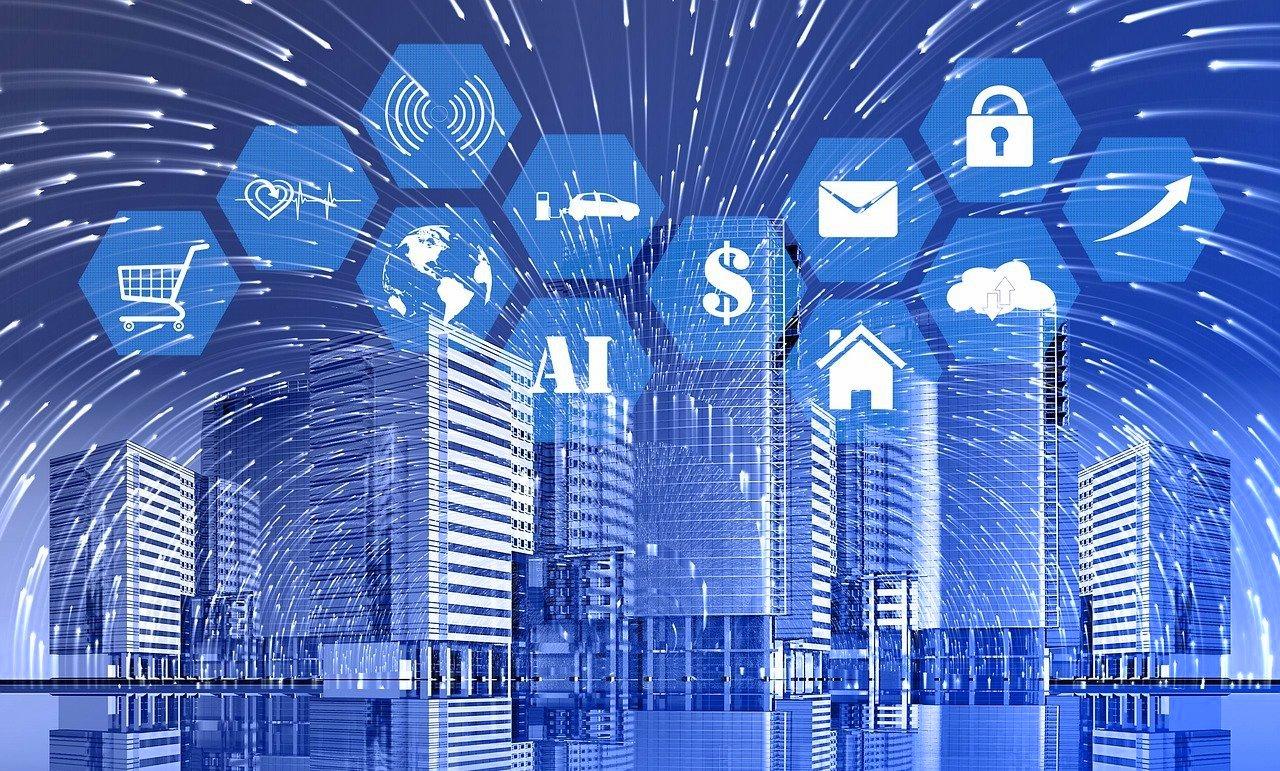
Capital Tower, Singapore
Built in 2000, the 52-storey Capital Tower can be considered a pioneer in the history of global smart construction on this scale. Designed by Lapitalland, the 260m office tower was built in the heart of Singapore's business district. At the time, the free Wi-Fi throughout the building was considered a unique phenomenon. Today, the building remains technologically advanced, with a focus on energy efficiency, employee comfort and security. Capital Tower is equipped with an automated real-time parking management programme. The elevators are equipped with LCD panels that display business news summaries and other useful information.
The skyscraper is complemented by intelligent lighting, and the HVAC system assesses and adjusts air temperature, humidity and carbon dioxide levels. Capital Tower features energy recovery from the air conditioning system, allowing cold air to be exhausted to save energy. Services available to guests and staff include a fitness centre, swimming pool, babysitting service and several restaurants and cafes. Capital Tower is a multiple winner of the prestigious international Green Mark award.
The Crystal, London
Completed in 2012, The Crystal is one of the largest exhibition spaces in the world. Designed by Wilkinson Eyre Architects, it was also a showcase for Siemens' new developments in green technology. The Crystal covers a total area of 6.3 thousand square metres and houses exhibition and concert halls, offices, a café and a restaurant. The external angularity of the structure lends originality and diversity to the interior spaces. Geothermal heat pumps provide all the building's heating. By using only natural sources, Crystal receives no bills for heating energy consumption. Rainwater is collected from the roof, disinfected and purified, and used for technical needs. At moderate temperatures, natural ventilation is used and the windows open automatically. At low or high temperatures, they are closed and the air conditioning system is activated.
Most rooms have access to daylight, minimising the need for artificial lighting. Six types of glass are used in the cladding, each with a different level of transparency to allow controlled solar gain. Daylight and occupancy sensors regulate the electric lighting, while excess energy can be fed back into the city's energy grid. The roof is covered with photovoltaic and solar panels. More than 3,500 sensors have been installed in the building to gather comprehensive information. London's Crystal Palace has become a proving ground for new technologies that are revolutionising the way we build and preparing metropolitan dwellers for climate change and intense urbanisation. This outstanding project won the National Innovation Award from the British Council for Offices.
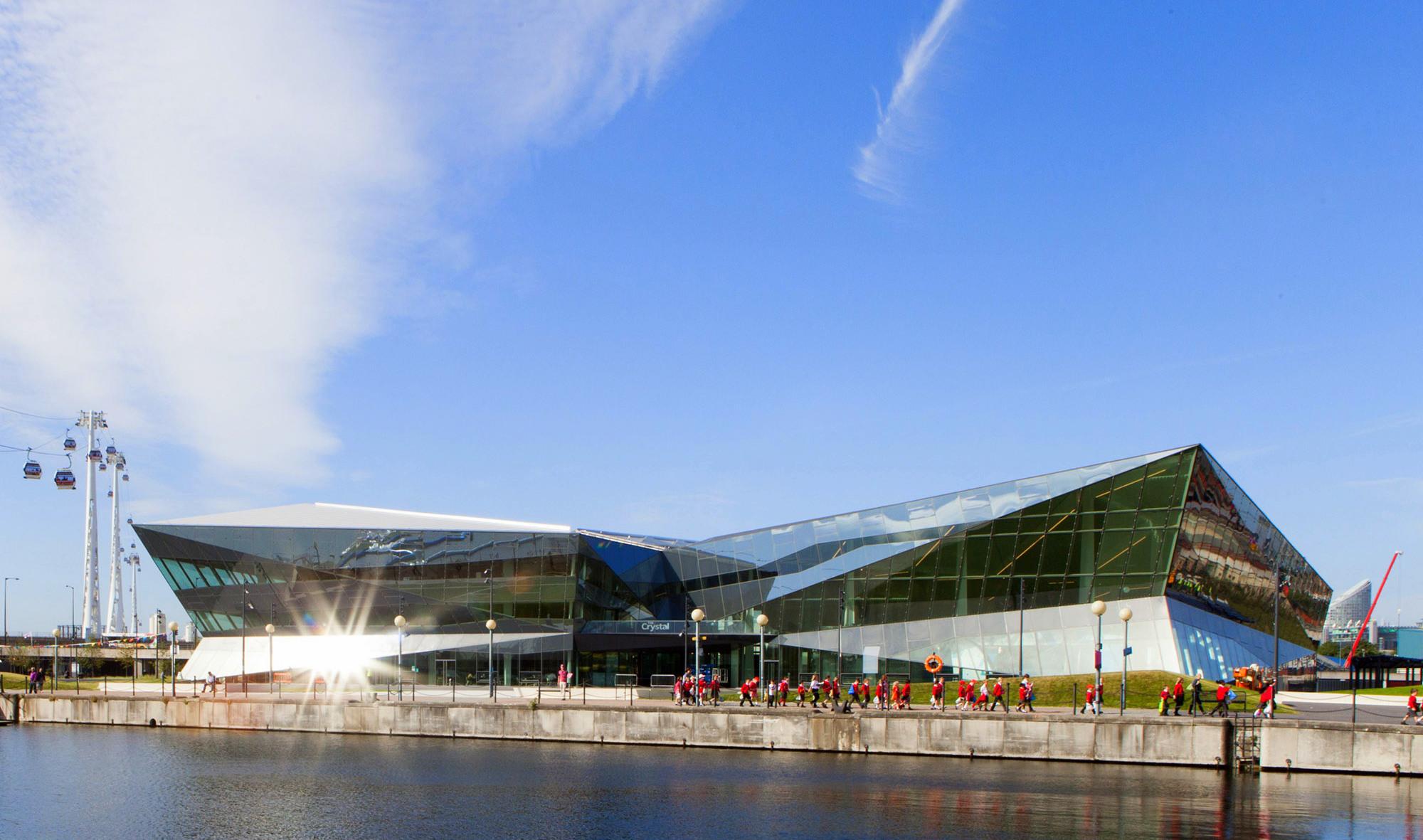
Allianz Arena, Munich
One of the world's most iconic sports venues, the Allianz Arena football stadium was built in the north of Munich in 2005. It is the home ground of FC Bayern Munich and has a capacity of 75,000. The project was designed by Swiss architects Herzog & de Meuron, who came up with many innovative ideas. The main one is this: the facade and roof are made up of 2.76 thousand inflatable 'cushions' that can be illuminated in red, blue and white depending on which teams are playing on the pitch. Such colour gradients have become a trademark of the Allianz Arena. As a result, the stadium is clearly visible from the Alpine peaks some 75 kilometres away. Other innovative solutions used in the construction of the stadium include
- A control system prevents unwanted spectators from entering the stands;
- curtains under the roof that can be closed during the game to protect against rain and sunlight;
- An array of sensors and weather analytics on the Siemens platform assess the condition of the pitch's grass and make recommendations;
- A programmable irrigation system is used to maintain the green turf;
- the arena's digital lighting system consists of more than 3,000 lamps.
When the stadium is not in use, it lights up with images and colours that complement the surrounding cityscape of the Bavarian capital. The Allianz Arena has become one of the most beautiful and high-tech examples of a mass spectator facility.
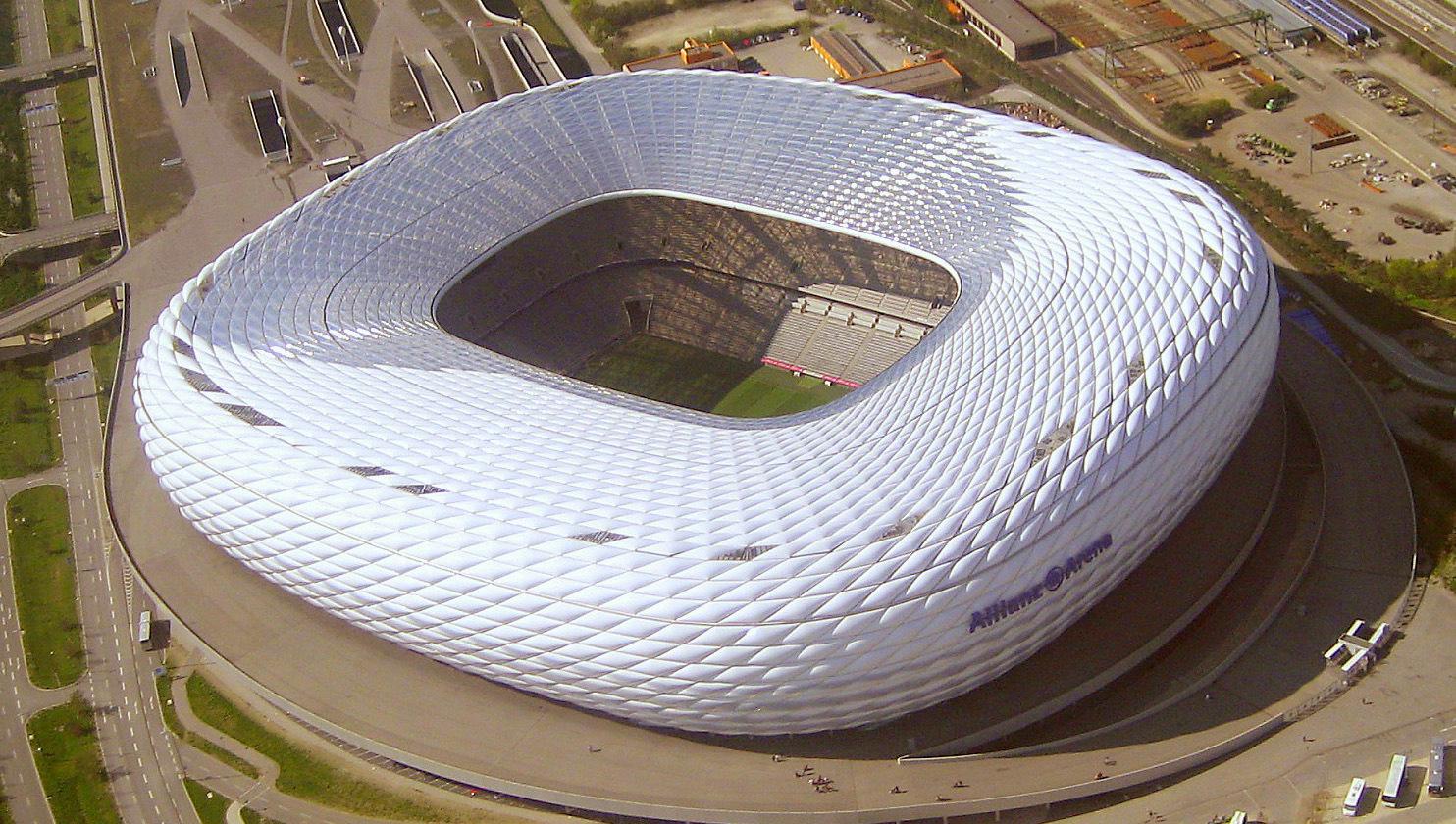
Neocleous Tower, Limassol
The 26-storey Neocleous Tower office building, a project of TQC Project Managers & Engineers, is located in the central part of Limassol near the Mediterranean coast. The landmark architectural project, which is 120 metres tall and has a total floor area of 12.6 thousand square metres, is the first commercial building in Cyprus to be awarded the global LEED (Leadership in Energy and Environmental Design) certification. This well-deserved accolade recognises the building's high indoor air quality, reduced emissions and high energy efficiency. The certification also ensures that the building is resource efficient and uses less water, reducing electricity and water costs. Adaptive tinted glazing, photovoltaic panels and optimised ventilation, heating and cooling systems were used during construction. This reduced greenhouse gas emissions by % and solid waste by 48% compared to conventional buildings.
The use of low-VOC building materials has helped to maintain the health of employees, for whose safety the building has a selective badging system. The project also includes luxury multi-storey apartments, a business club, conference and gym facilities, a sauna, automated car parking and surrounding green spaces. On the fifth floor there is a café with panoramic views. Neocleous Tower meets global environmental standards and provides a safe space for its users. The skyscraper forces a rethink of modern office space and introduces a programme of smart, green and sustainable buildings to the market.
Properties for sale in the Neocleous Tower development
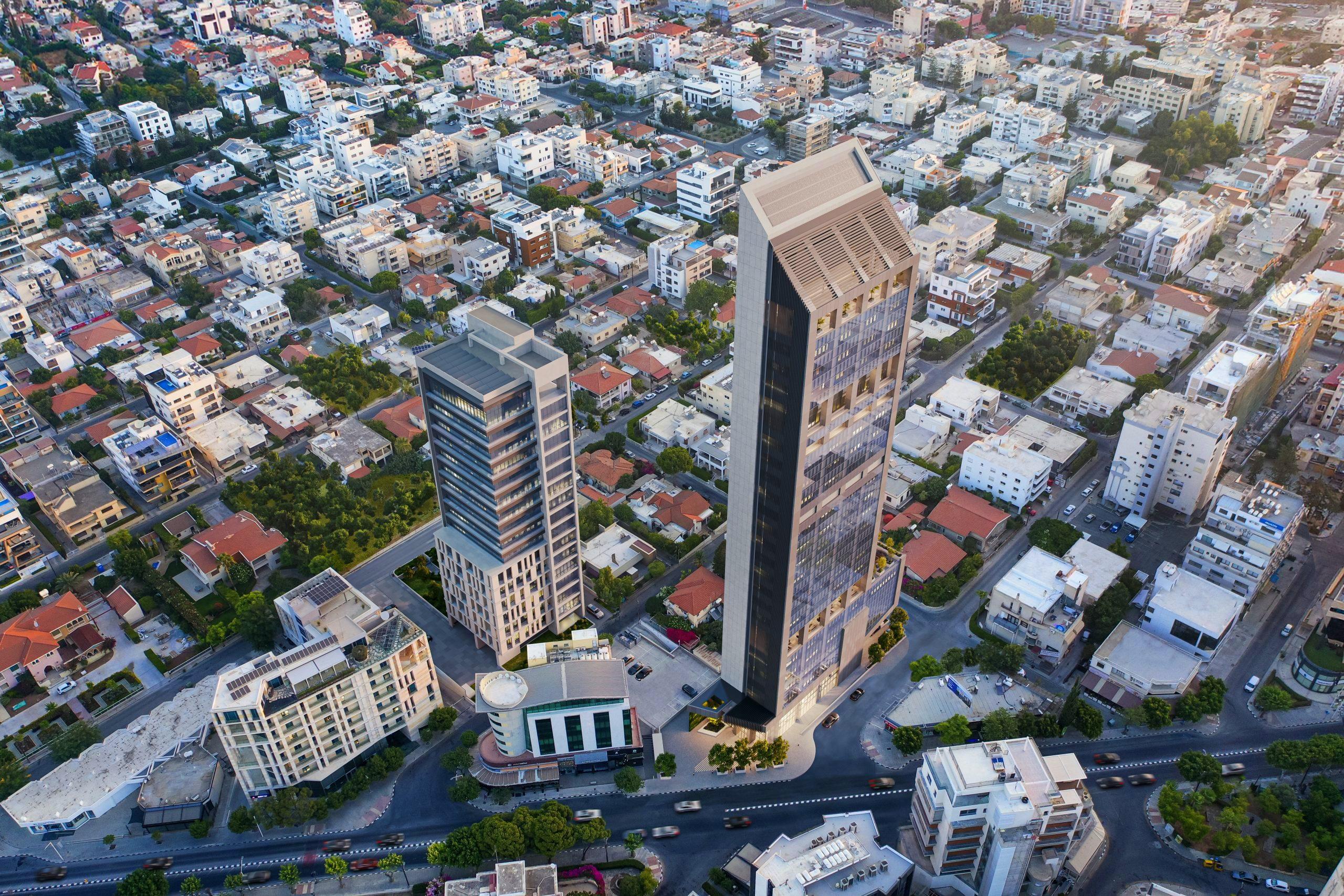
The Edge, Amsterdam
The Edge is a global example of efficiency and cutting-edge solutions in urban planning. Named the world's smartest building by Bloomberg in 2015, the design by architect Roman Becker is truly revolutionary. The 14-storey building has a total surface area of 50,000 m2, with photovoltaic panels installed on the roof. The building is fully controlled by an automated system that monitors the air and optimises lighting and heating consumption, with up to 28,000 sensors installed. The building, which houses the offices of Deloitte, Salesforce and Henkel, is equipped with a Philips lighting programme that is % more efficient than conventional lighting. A special feature of The Edge is the atrium, which acts as the building's 'lungs': mesh panels provide an outlet for the office atmosphere and natural ventilation.
Inside the building there is a gym where the energy used on the exercise machines is converted into watts and fed back into the power grid. A robot guard patrols the area at night and contacts the police in case of danger or illegal entry. Employees use a smartphone app that checks work schedules, finds colleagues, knows everyone's habits and directs them to a parking space. At the same time, the smartphone itself acts as a pass to the business centre. In the Edge offices, there are no assigned workstations in the 'hot desks' concept, but the programme automatically selects one according to the workload. An entire section can be automatically closed on days when only part of the office is occupied, reducing utility costs. Flat screens displaying work information on office walls can be wirelessly synchronised with any phone or laptop. The total payback period for implementing the intelligent systems was just over 8 years. The Edge has won numerous architectural and environmental awards.
EDGE Amsterdam West on the map
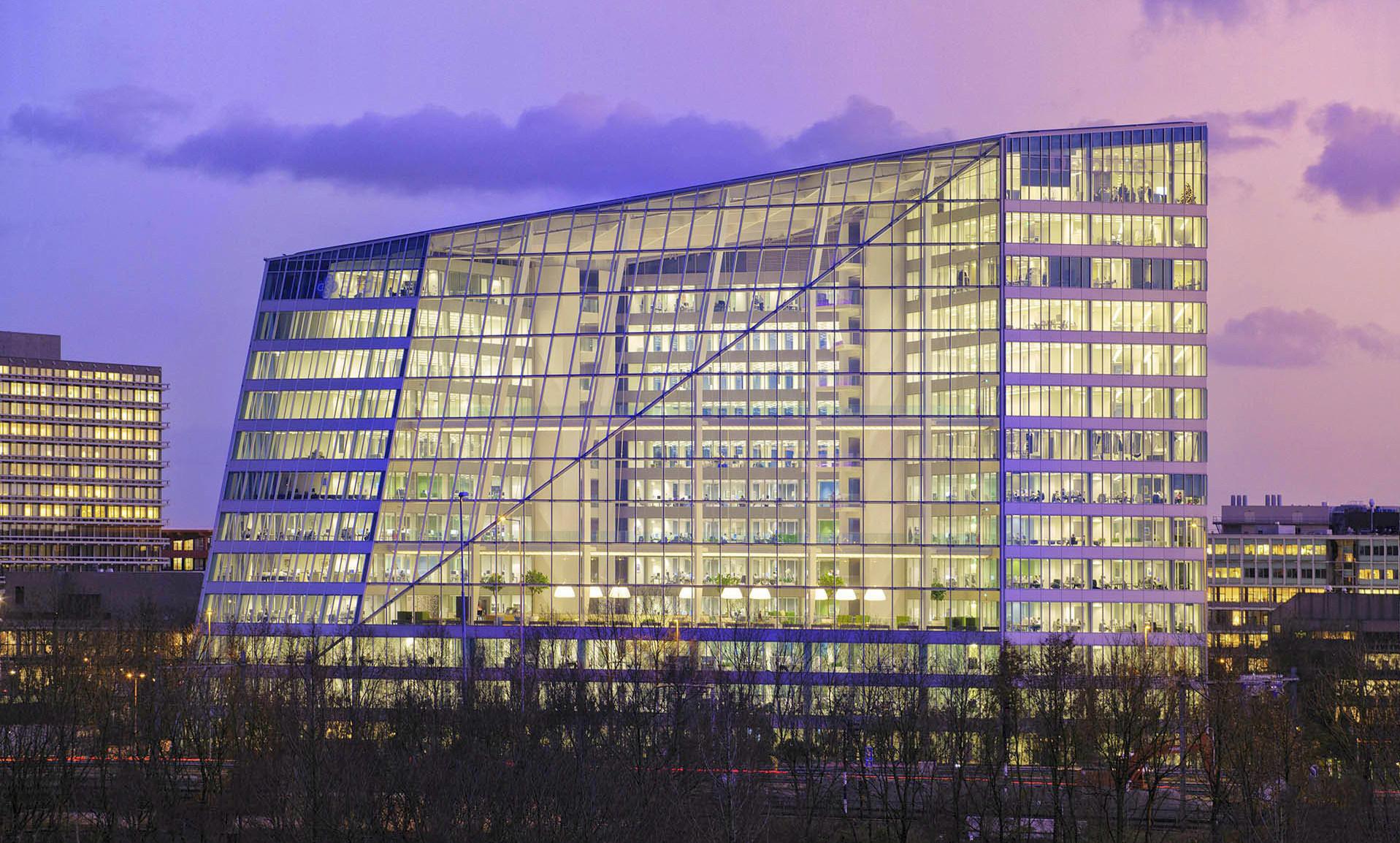
Read also:
- Top 5 Luxury Residential Developments in Cyprus: Luxury, Comfort and Breathtaking Views
- Myths about life in Cyprus
- Working from home in Cyprus: the best places to become a digital nomad
- Which city to choose for property investment in Cyprus: Limassol or Paphos?
- How much does it cost to send a child to school in Cyprus?

